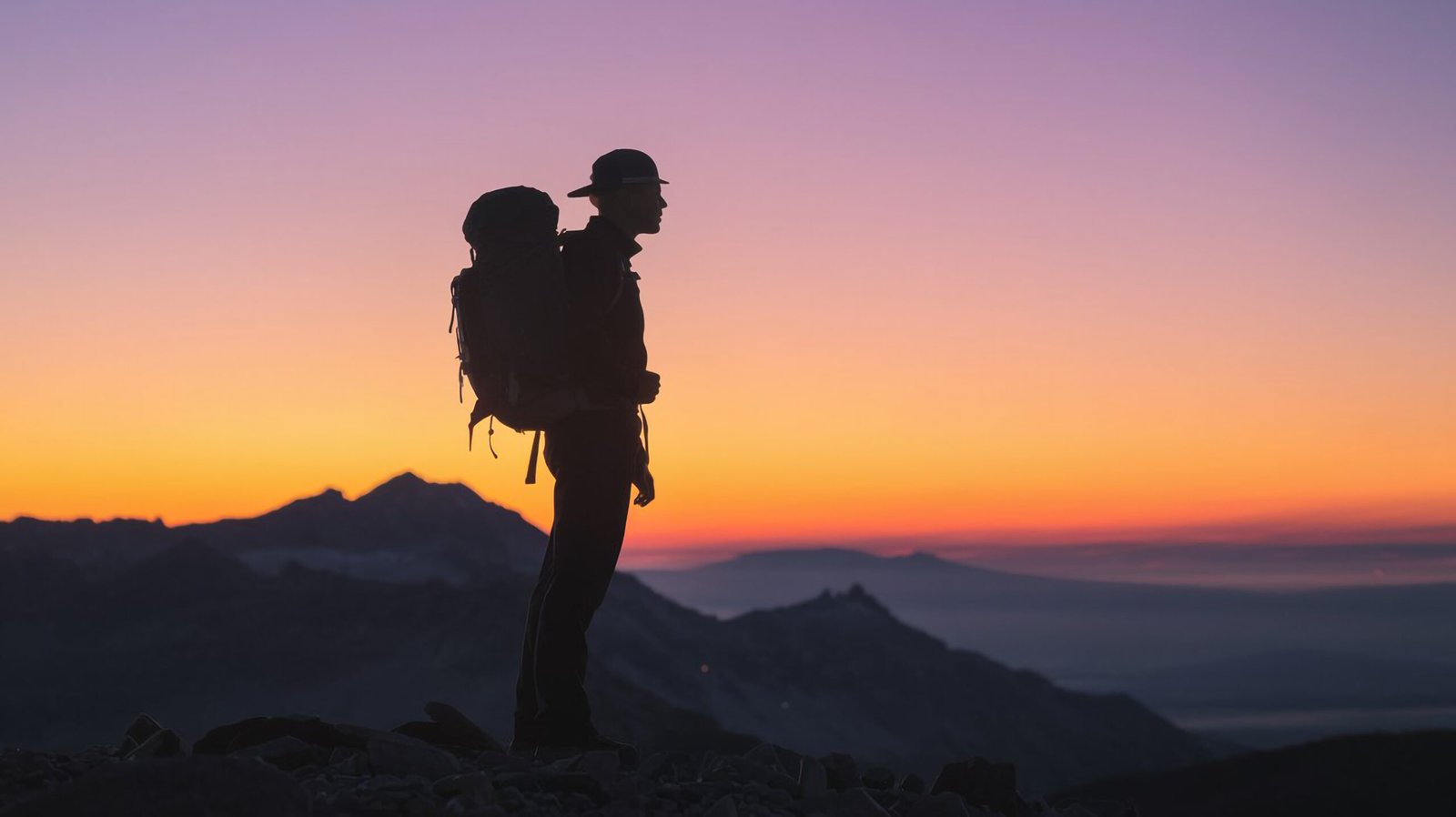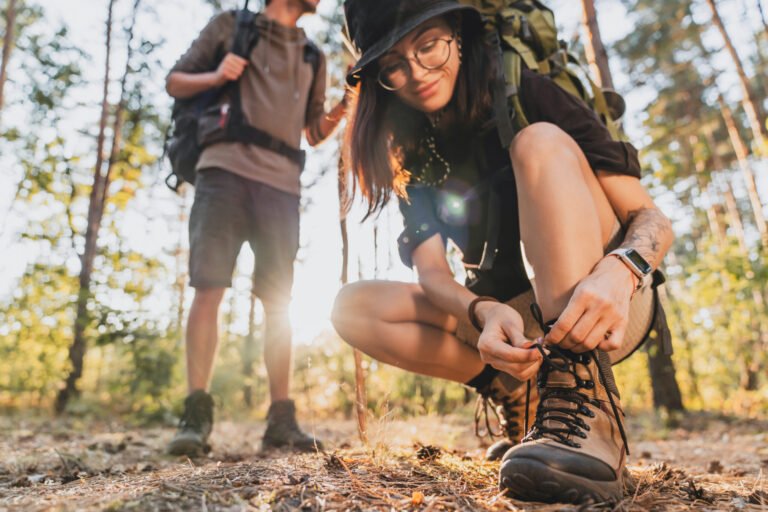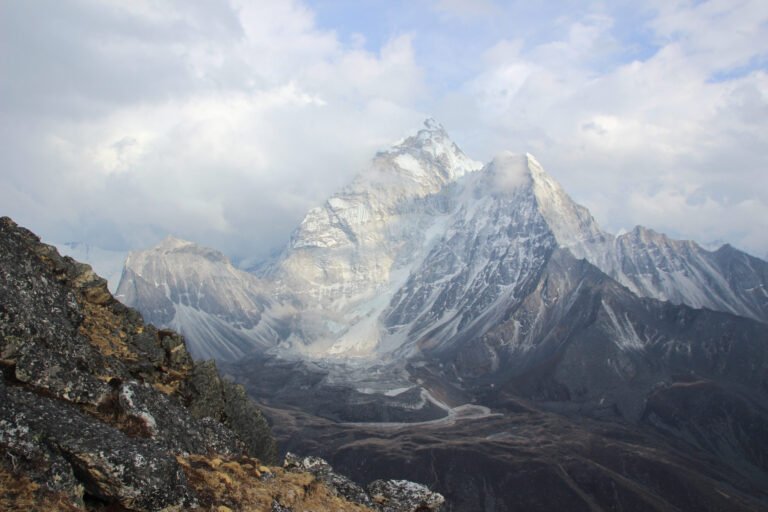Carry Less, Experience More: The Minimalist Hiking Revolution
Discover the minimalist hiking revolution with these essential tips and tricks to carry less, experience more, and make your next adventure unforgettable.
Imagine walking through nature without straining under a heavy load. A growing movement of outdoor enthusiasts is redefining adventures by prioritizing simplicity. By focusing on essentials over excess, they’re discovering newfound freedom on the trail. Let’s chat about Minimalist Hiking.
Experts like Holly Mandarich and Alice Donovan Rouse showcase how streamlined gear choices transform trips. Their blogs emphasize smarter packing: swapping bulky items for versatile tools and calorie-dense food. One viral post details cutting pack weight by 30% while maintaining safety and comfort.
This philosophy isn’t just about gear—it’s a mindset. Prioritizing quality items means fewer replacements and more confidence during long treks. Followers report feeling more connected to their surroundings when distractions fade.
Popular platforms now feature guides on optimizing backpack space and selecting multi-use equipment. The results? Faster mile times, reduced fatigue, and space for capturing moments that matter.
Ready to lighten your load? The following sections break down practical tips, from choosing the right backpack to balancing preparedness with minimalism. Let’s explore how carrying less can help you live more.
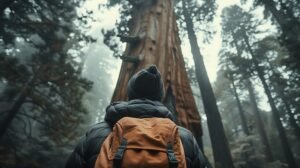
Embracing the Philosophy of Minimalist Hiking
Stepping onto the trail with a half-empty pack feels unnatural at first. Yet seasoned adventurers swear by this approach—less gear means more freedom to connect with nature. One thru-hiker recalls forgetting her extra cookware on a 7-day trip, only to discover she preferred eating simple meals under starry skies.
Rewiring Your Packing Instincts
Traditional preparation often involves stuffing backpacks with “just-in-case” items. Sarah Thompson, who completed the Appalachian Trail, explains: “I carried 3 pounds of duplicate gear until mile 300. Leaving backups behind changed everything—my shoulders stopped aching, and I finally noticed the forest sounds.”
This mindset shift requires asking one question about every item: “Will this actively improve my experience?” The answer eliminates 25% of typical pack weight according to trail surveys.
Why Less Weight Equals More Joy
Reducing load directly impacts your adventure:
| Category | Traditional Approach | Streamlined Approach |
|---|---|---|
| Backpack Weight | 35-45 lbs | 18-22 lbs |
| Items Packed | 45+ | 22-28 |
| Mindset | Prepared for emergencies | Focused on essentials |
| Trail Experience | Fatigue dominates | Energy for exploration |
Hikers report completing trails 20% faster with lighter packs while having energy left for photography or side explorations. As Pacific Crest Trail veteran David Chen notes: “My first aid kit shrank from 1.5 lbs to 6 ounces—but I’ve never needed more than bandages and painkillers.”
This philosophy extends beyond gear. Many adopt similar principles in daily life, prioritizing experiences over possessions. Your next trip could be the perfect start—swap bulk for purpose, and let the landscape take center stage.
Selecting Ultralight Gear for the Trails
Your backpack’s base weight could be the difference between exhaustion and exhilaration. Modern backpacking thrives on gear that serves multiple purposes without adding bulk. Start by weighing every item—yes, even your toothbrush—and ask: “Does this justify its place in my pack?”
Analyzing Every Item for Hidden Weight
Most hikers carry redundant tools or oversized versions of essentials. A study by Outdoor Gear Lab found that switching to compact cookware saves 1.2 lbs on average. Use this three-step audit:
- Weigh each item separately
- Compare alternatives (e.g., titanium vs. steel)
- Test functionality during short trips
| Item | Traditional Weight | Ultralight Option | Savings |
|---|---|---|---|
| Sleeping Bag | 3.1 lbs | Down Quilt | 1.8 lbs |
| Stove | 14 oz | Alcohol Burner | 10 oz |
| Shelter | 4.3 lbs | Trekking Pole Tent | 2.9 lbs |
Innovative Choices: Inflatable and Compact Options
Inflatable pillows and collapsible water bottles exemplify smart design. Brands like Therm-a-Rest create sleeping pads that pack to the size of a soda can. Trail-tested recommendations highlight foldable silicone bowls that double as measuring cups.
Ultralight pioneer Jamie Nakamura puts it bluntly: “Every ounce you remove feels like unlocking cheat codes for the trail.” Prioritize gear that collapses, stacks, or nests—your shoulders will thank you by mile 15.
Fueling Your Adventure with Minimalist Meal Planning
What you eat on the trail directly fuels your miles—or weighs you down. Smart meal planning balances calorie density with packability, letting you conquer peaks without hauling a pantry. Seasoned adventurers prioritize foods delivering 120+ calories per ounce, like nuts, olive oil packets, and dehydrated meals.
Choosing Nutrient-Dense, Lightweight Foods
Freeze-dried dinners and energy bars dominate modern trail menus for good reason. A single serving of mountain house chili mac packs 600 calories yet weighs under 5 ounces. Compare that to canned goods or fresh produce:
| Food Type | Calories/Ounce | Weight for 2,000 Calories |
|---|---|---|
| Peanut Butter | 167 | 12 oz |
| Trail Mix | 140 | 14.3 oz |
| Fresh Apples | 15 | 133 oz |
Backpackers like Kyle Haines use silicone bags to pre-measure oatmeal mixed with protein powder—each breakfast delivers 450 calories in 3.5 ounces.
Smart Packing to Maximize Energy and Reduce Load
Repackage bulky items into zip-top bags and flatten wrappers. For a 3-day trip, carry:
- 1 compact stove (2.8 oz)
- Collapsible bowl/coffee cup combo
- Single spice tube instead of multiple bottles
Hydration matters as much as food—plan water stops using trail maps. Ultralight hikers often ditch heavy bladders for two 1-liter smartwater bottles. This approach keeps your backpack lean while ensuring you’re fueled for every vista.
Streamlining Your Load: Clothes and Footwear Essentials
The clothes and shoes you wear determine how far you’ll enjoy the journey. Seasoned adventurers adopt a wear-one, pack-one approach, focusing on versatile layers rather than spare outfits. This strategy slashes weight while keeping you prepared for changing weather.
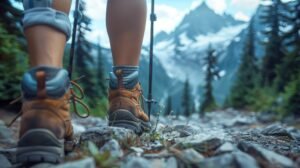
Functional Layers Over Multiple Outfits
Pack two base layers, one insulating jacket, and quick-dry pants. Appalachian Trail veteran Lisa Wu explains: “I cut 4 lbs by ditching extra shirts. Merino wool layers handle sweat and odor for days.” Prioritize items serving multiple roles—a buff becomes a hat, towel, or pot holder.
| Traditional Choice | Streamlined Option | Weight Saved |
|---|---|---|
| 3 pairs of socks | 2 merino wool pairs | 2.8 oz |
| Heavy boots | Trail runners | 1.2 lbs |
| Rain jacket + pants | Ultralight poncho | 11 oz |
Footwear That Works With Your Feet
Trail runners like Altra Lone Peak dominate long-distance routes. They’re 40% lighter than boots and dry faster after stream crossings. Vivobarefoot models offer zero-drop soles for natural movement but require tougher foot conditioning. For rocky terrain, XeroShoes combine rugged soles with flexible designs.
Adopt these proven ultralight strategies to refine your kit. Test combinations on short trips—you might discover a 12-lb pack lets you dance up mountains instead of trudging.
Final Reflections: Carry Less, Live More in the Great Outdoors
The crunch of gravel underfoot feels different when your pack doesn’t weigh you down. Across trails nationwide, adventurers report a shared truth: less gear means deeper connections with nature. One thru-hiker’s blog post describes ditching extra clothes and cookware on the Colorado Trail—suddenly, sunsets held more wonder than any comfort item.
Smart choices transform trips. Lightweight sleeping bags and calorie-packed meals aren’t just trends—they’re tools for unlocking stamina. As Kyle Haines notes, “My 22-pound load lets me cover 18-mile days while still enjoying wildflower meadows.” This shift impacts more than mile counts; it clears mental clutter, letting hikers savor each waterfall and birdsong.
Every ounce removed creates space for what matters. Backpackers who adopt this approach often extend its principles beyond trails—prioritizing experiences over possessions in daily life. Your next adventure could start with auditing gear, repackaging food, or testing trail runners instead of boots.
Ready to begin? Share your breakthroughs on outdoor forums or blogs. Join a growing community proving that the best journeys aren’t about what you carry—they’re about how you feel while moving through the world. For more great articles, go here.

